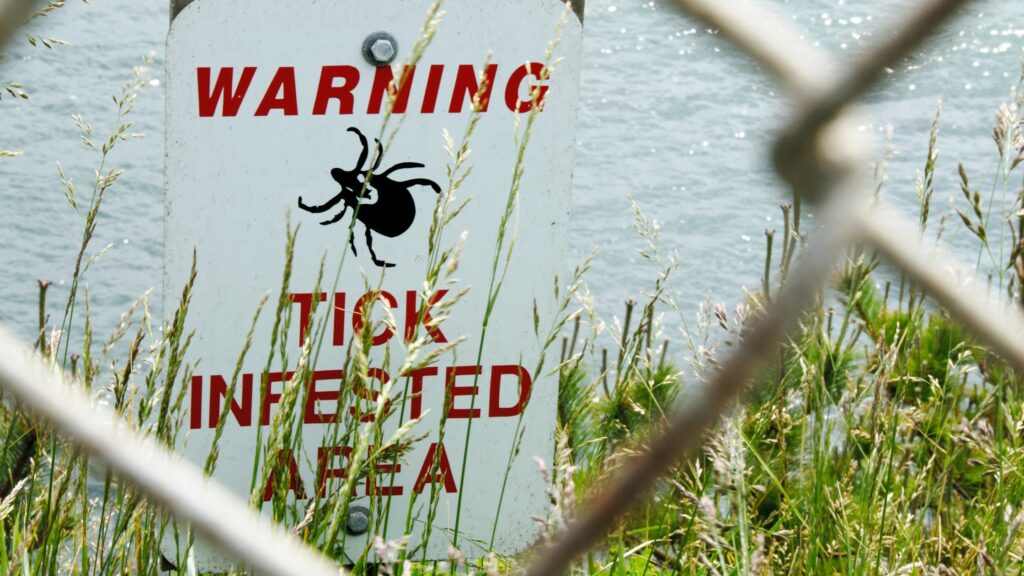Lyme Disease Prevention: How to Protect Yourself and Your Family

Lyme disease, caused by the bacterium Borrelia burgdorferi, is a significant public health concern, especially in regions where ticks are prevalent. The disease, transmitted through the bite of infected black-legged ticks, can cause severe health issues if not promptly treated. Protecting yourself and your family from Lyme disease involves understanding the risks, recognizing the symptoms, and implementing effective preventive measures. In this comprehensive guide, our rheumatologist Nesconset NY at Island Rheumatology and Osteoporosis, PC will delve into detailed strategies to safeguard your loved ones against Lyme disease.
Understanding Lyme Disease and Its Transmission
Lyme disease primarily spreads through the bite of infected black-legged ticks, also known as deer ticks. These tiny arachnids thrive in wooded, grassy, and brushy areas. The risk of infection is highest during the spring and summer months when ticks are most active.
Symptoms of Lyme Disease
Early signs of Lyme disease include:
- Erythema migrans (EM) rash: A red, expanding rash often appearing in a bull’s-eye pattern.
- Flu-like symptoms: Fever, chills, fatigue, body aches, and headache.
If left untreated, Lyme disease can progress to cause:
- Severe joint pain and swelling
- Neurological problems: Meningitis, Bell’s palsy, and limb numbness.
- Heart issues: Irregular heartbeat and inflammation.
Effective Strategies for Lyme Disease Prevention
1. Tick-Proof Your Home and Surroundings
- Keep grass short: Regularly mow your lawn and trim overgrown vegetation.
- Create a tick-safe zone: Place a 3-foot wide barrier of wood chips or gravel between your lawn and wooded areas.
- Stack wood neatly: Store firewood in a dry area and keep it off the ground.
Tick Control Products
- Pesticides: Consider using acaricides to reduce tick populations in your yard.
- Tick tubes: These are cotton-filled tubes treated with permethrin that target ticks on mice, reducing their numbers.
2. Personal Protection Measures
- Wear protective clothing: Long sleeves, long pants, and closed-toe shoes help minimize skin exposure.
- Light-colored clothes: They make it easier to spot ticks.
- Tuck in clothing: Tuck pants into socks and shirts into pants to prevent ticks from reaching your skin.
Tick Repellents
- Use EPA-registered repellents: Products containing DEET, picaridin, or IR3535 are effective.
- Treat clothing and gear: Use permethrin on clothing, boots, and camping gear for added protection.
3. Tick Checks and Personal Hygiene
- Conduct thorough tick checks: Inspect your and your family members’ bodies after spending time outdoors.
- Check pets: Regularly examine pets for ticks, especially around the ears, neck, and paws.
Proper Tick Removal
- Use tweezers: Grasp the tick close to the skin’s surface and pull upward with steady pressure.
- Clean the bite area: After removing the tick, clean the area with rubbing alcohol or soap and water.
Preventive Measures for Pets
Pets, especially dogs, are susceptible to tick bites and Lyme disease. Protecting your pets involves several key steps:
- Tick collars: Use tick-repellent collars specifically designed for pets.
- Topical treatments: Apply veterinarian-recommended tick control products.
- Regular grooming: Frequently brush and check your pet for ticks, focusing on areas where ticks are likely to hide.
Travel Precautions
When traveling to areas known for high tick activity, take extra precautions:
- Research your destination: Know the tick prevalence and Lyme disease risk in the area.
- Pack appropriate gear: Bring tick repellent, protective clothing, and tick removal tools.
- Stay on trails: Avoid walking through tall grasses and brushy areas.
When to Seek Medical Attention
Early diagnosis and treatment of Lyme disease with a rheumatologist are crucial. Seek medical attention from a rheumatologist Nesconset NY if you or a family member:
- Develops a rash: Especially the characteristic bull’s-eye rash.
- Experiences flu-like symptoms: After a known tick bite or outdoor activity in tick-infested areas.
- Shows signs of advanced Lyme disease: Joint pain, neurological symptoms, or heart problems.
Visit Our Rheumatologist Nesconset NY
Lyme disease prevention is a multifaceted approach that involves personal vigilance, proper landscaping, protective clothing, and community awareness. By implementing these comprehensive strategies, you can significantly reduce the risk of Lyme disease for yourself and your family. Stay informed, stay prepared, and stay safe. Contact our rheumatologist Nesconset NY at Island Rheumatology and Osteoporosis, PC today to learn more!

